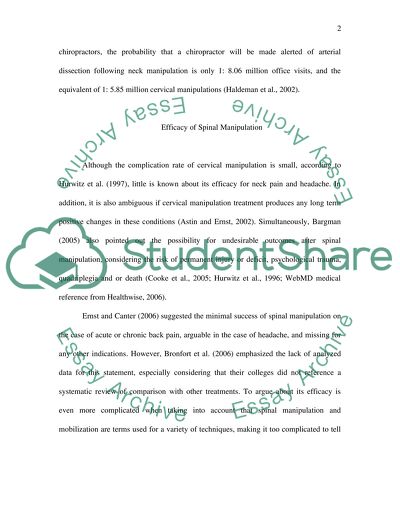Cite this document
(“Stroke, Arterial Dissection and Neck Manipulations Essay”, n.d.)
Stroke, Arterial Dissection and Neck Manipulations Essay. Retrieved from https://studentshare.org/health-sciences-medicine/1514935-stroke-arterial-dissection-and-neck-manipulations
Stroke, Arterial Dissection and Neck Manipulations Essay. Retrieved from https://studentshare.org/health-sciences-medicine/1514935-stroke-arterial-dissection-and-neck-manipulations
(Stroke, Arterial Dissection and Neck Manipulations Essay)
Stroke, Arterial Dissection and Neck Manipulations Essay. https://studentshare.org/health-sciences-medicine/1514935-stroke-arterial-dissection-and-neck-manipulations.
Stroke, Arterial Dissection and Neck Manipulations Essay. https://studentshare.org/health-sciences-medicine/1514935-stroke-arterial-dissection-and-neck-manipulations.
“Stroke, Arterial Dissection and Neck Manipulations Essay”, n.d. https://studentshare.org/health-sciences-medicine/1514935-stroke-arterial-dissection-and-neck-manipulations.


